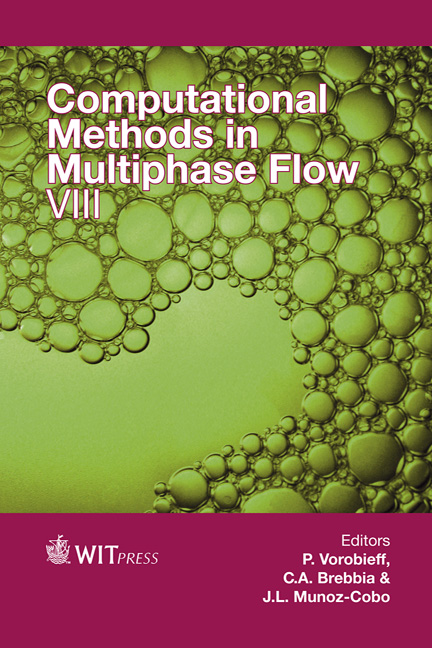Sensitivity Of Dispersed-bubble Flow Regime Identification Over A Broad Parameter Space And To Various Closure Relations For Mechanistic Models Of Gas–liquid Pipe Flow
Price
Free (open access)
Transaction
Volume
89
Pages
13
Page Range
347 - 359
Published
2015
Size
609 kb
Paper DOI
10.2495/MPF150301
Copyright
WIT Press
Author(s)
B. C. Houchens, F. Popa, A. Filippov
Abstract
Mechanistic regime-transition functions, where one or more physical arguments are used to describe transitions, are often used to identify equilibrium multiphase flow regimes. The mechanistic models for two-phase, gas–liquid pipe flow rely on one or more closure relations, most of which have been fit to experiments of air and water systems. However, these models are often applied to problems in the oil and gas industry, which span a very broad parameter space of fluid properties. Sensitivities of the one-dimensional, two-phase, gas–liquid, mechanistic models for dispersed-bubble pipe flow are investigated over a parameter space typical of that observed in the oil and gas industry. This spans several orders of magnitude in gas density, gas and liquid viscosities, and surface tension, in addition to large ranges in superficial gas and liquid velocities, pipe diameter, and pipe inclination angle. Dispersed-bubble regime identification is most sensitive to the superficial velocities, with secondary sensitivities to densities and pipe-inclination angle in special cases.
Keywords
gas–liquid, dispersed bubble, regime identification, mechanistic





